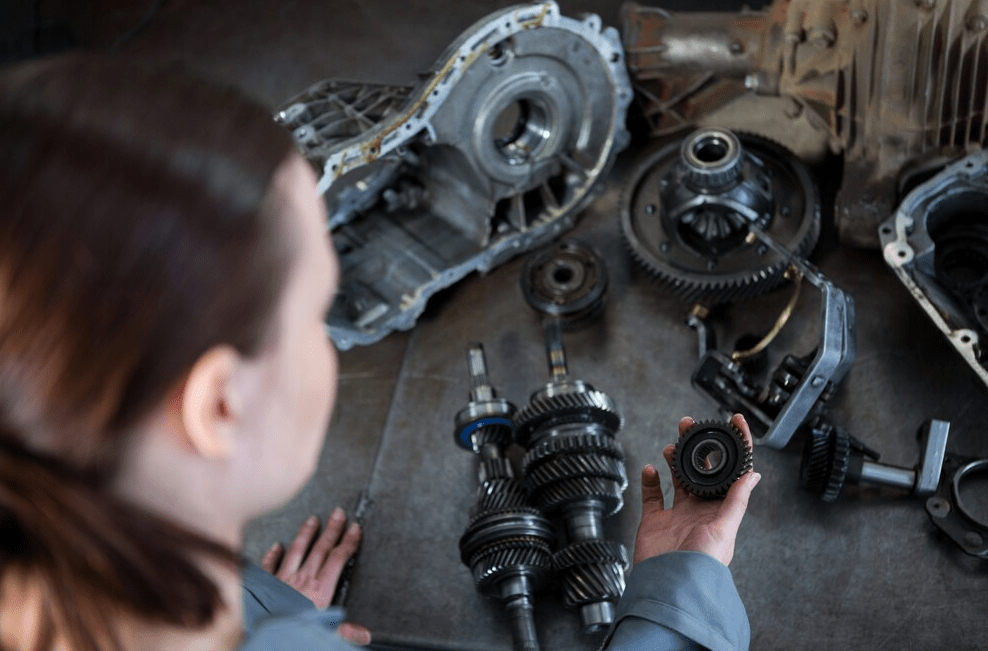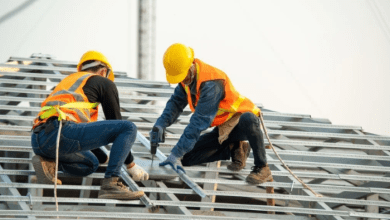
Upgrading a V-belt system can enhance the functionality and reliability of mechanical equipment. The quality and condition of the components, especially the belts, are crucial. A smooth upgrade can reduce maintenance issues and minimize downtime, benefiting productivity and longevity.
Vbelts transfer energy between pulleys in various systems. Before upgrading, assess the current system’s performance. Look for signs of wear or damage. This will help you decide if a complete upgrade or minor adjustments are necessary. This step ensures that the system meets operational requirements and reduces energy loss.
1. Choose the Right Material for the Belts
The material of the belts affects their performance and durability. Common materials include rubber, polyester, and polyurethane. Rubber is flexible and shock-absorbent, ideal for general use. However, specialized materials may be needed for high-load or high-temperature environments. Choosing the right material ensures better protection against wear and tear.
The proper material prevents premature failure and keeps the system running smoothly. Specialized belts can reduce the risk of breakdowns and extend the system’s lifespan. In demanding environments, selecting the right material can even improve efficiency and reduce downtime.
2. Ensure Proper Sizing and Alignment
Proper sizing and alignment are crucial for system efficiency. Choose belts that match the exact dimensions of the pulleys. A belt that is too tight or loose can cause poor performance and excessive wear. Aligning pulleys correctly prevents misalignment, which can lead to uneven wear and higher energy consumption.
3. Examine Load and Operating Conditions
The load and operating conditions significantly impact the system’s performance. Systems with heavy loads or constant use need belts that can withstand greater stress. If the environment includes extreme temperatures, moisture, or chemicals, specialized belts may be required for extra durability. The right design and material will ensure smooth operation, even under challenging conditions.
4. Regular Maintenance and Replacement Intervals
Even with an upgraded system, regular maintenance is essential. Scheduled checks help detect early signs of wear. Replacing worn belts before significant damage occurs will keep the system running efficiently. Keeping the system free from debris also helps prolong belt life.
A proactive maintenance schedule reduces downtime and repair costs. It is important to monitor belt performance regularly. Staying ahead of wear issues will prevent unexpected failures and extend the life of the system.
5. Budget Considerations for System Upgrades
When planning an upgrade, consider the costs of materials, labor, and potential downtime. High-quality belts may come with a higher initial cost but could save on long-term maintenance. Account for labor costs and any downtime needed for the upgrade. A well-planned budget ensures the upgrade is both effective and cost-efficient.
Balancing quality and cost is key. Although high-performance belts might cost more upfront, they reduce maintenance issues and extend system life. A well-managed budget helps you get the best value over time.
Where to Find Quality V-Belt Components
For a successful upgrade, it’s important to access high-quality belts and components. Various platforms offer a wide range of options that cater to different needs, from standard to specialized belts. These platforms provide helpful product details to guide you in selecting the right materials and sizes for your system. You can ensure the best fit for your equipment, ultimately enhancing its performance and longevity by selecting the right supplier.
Attention to detail is essential when upgrading Vbelts to ensure maximum performance and longevity. Choosing the right material, ensuring proper sizing, and maintaining the system are vital steps in the process. With careful planning, the system will continue to operate efficiently and reduce the need for frequent repairs.




